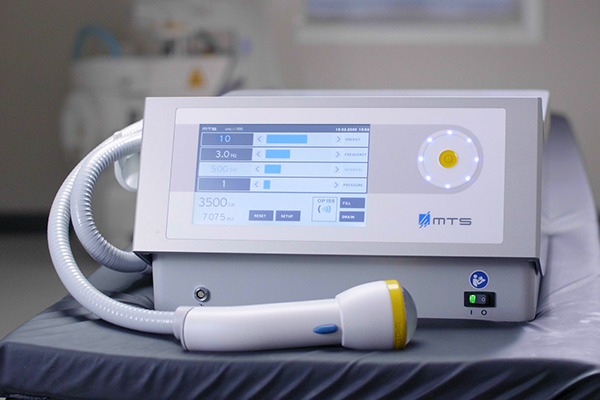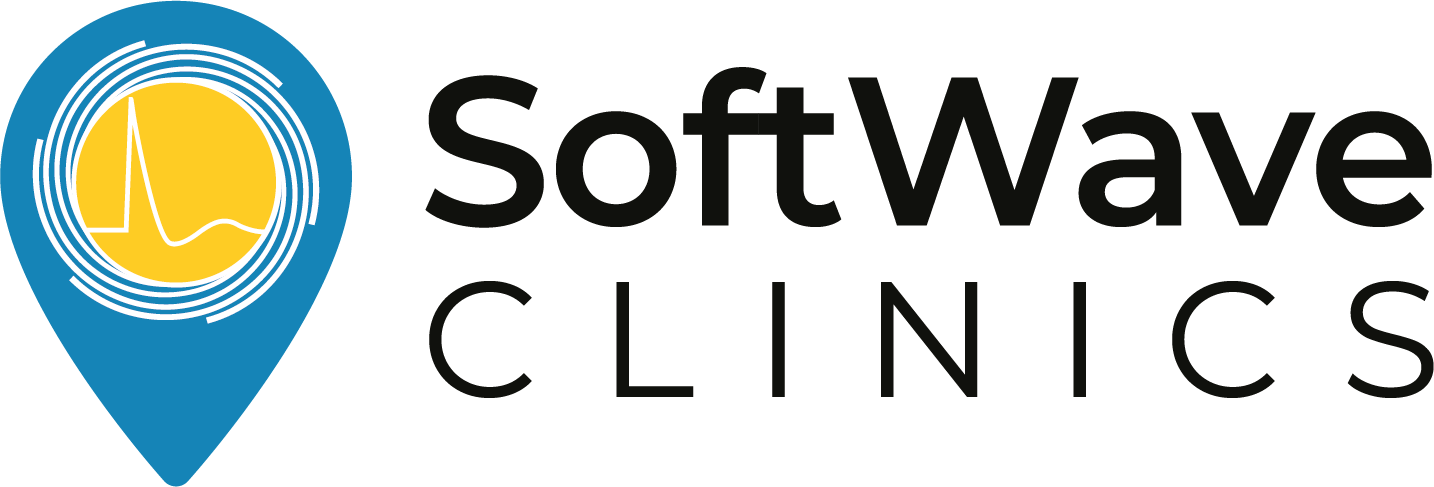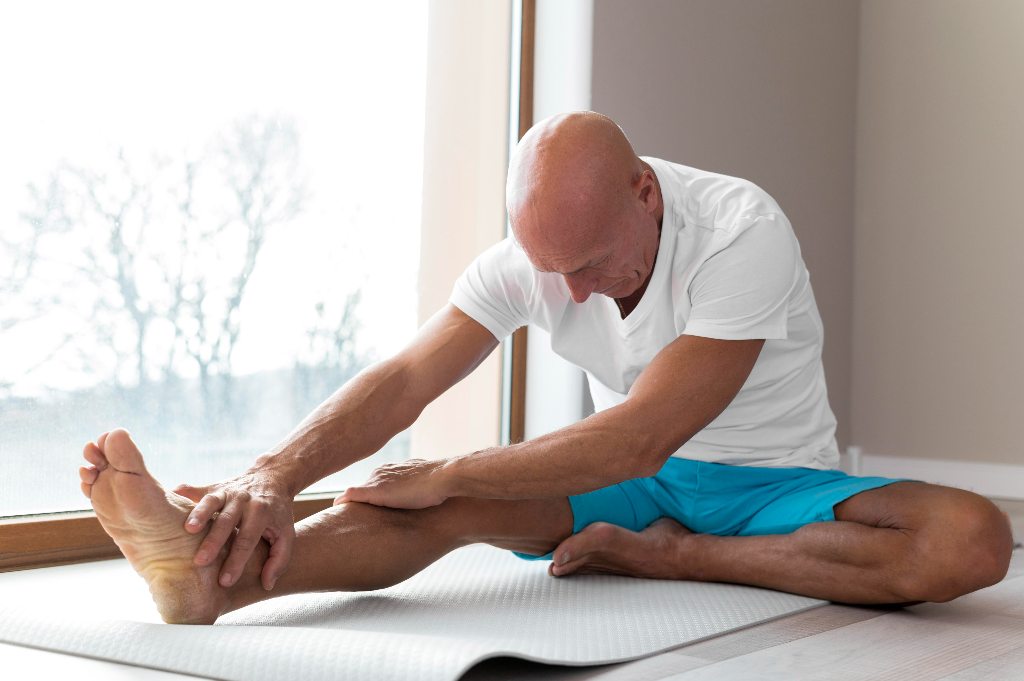Pain during shoulder internal rotation—when you turn your arm inward, like reaching behind your back or across your body—can be a sign of an underlying issue. It might stem from a rotator cuff injury, impingement, or joint inflammation, making everyday movements uncomfortable or even painful. While rest and stretching help in some cases, persistent pain often requires targeted treatment to restore mobility and prevent further damage.
Understanding the cause of your discomfort is the first step. With the right shoulder internal rotation pain treatment—whether physical therapy, non-invasive treatments, or medical intervention—you can improve function and reduce pain.
What Causes Pain When Internally Rotating the Shoulder?

The shoulder is a complex joint that allows for a wide range of motion. Internal rotation is what happens when you turn your arm inward, such as when you reach behind your back or across your chest. If this movement causes pain, it’s often due to an injury or underlying condition affecting the muscles, tendons, or joint structures.
Several issues can contribute to this type of pain:
- Rotator Cuff Injuries – The rotator cuff is a group of muscles and tendons that stabilize the shoulder. Tears, inflammation, or impingement can cause pain and restrict movement.
- Labral Tears – The labrum is the cartilage that surrounds the shoulder socket. A tear, especially a SLAP tear, can lead to pain, weakness, and instability.
- Shoulder Impingement Syndrome – When the tendons in the shoulder become pinched between bones, it results in pain, inflammation, and limited motion.
- Arthritis and Joint Degeneration – Wear and tear over time can lead to inflammation and stiffness, making internal rotation painful.
- Nerve Compression or Dysfunction – If nerves in the neck or shoulder become irritated, it can cause pain that radiates into the arm and limits movement.
How Do You Know If Your Shoulder Pain Is Serious?
Shoulder pain can vary in intensity, but certain symptoms suggest a more significant problem that requires medical attention. If you notice any of the following, it’s best to have your shoulder evaluated:
- Pain that persists or worsens, even with rest
- Weakness in the arm, making it difficult to lift objects or perform daily activities
- A clicking or catching sensation when moving the shoulder
- A significant decrease in your range of motion
If the pain is ongoing and not improving, imaging tests like an MRI or ultrasound can help identify the underlying issue. Early treatment can prevent further damage and make recovery much easier.
Best Shoulder Internal Rotation Pain Treatments
Finding relief starts with the right treatment approach. For many, non-invasive therapies and physical rehabilitation can restore mobility and reduce pain. In more severe cases, advanced treatments can provide lasting relief without resorting to surgery.
1. Rest and Activity Modification
Allowing the shoulder time to heal is key to preventing further irritation. Avoid movements that aggravate the pain, especially repetitive overhead activities. If your job or daily tasks require frequent arm movements, small adjustments—such as using ergonomic support or modifying your range of motion—can prevent further strain while your shoulder recovers.
Gradually reintroduce movement once discomfort improves to ensure the shoulder recovers without additional strain.
2. Stretching and Strengthening Exercises
Targeted exercises help restore flexibility, strength, and stability in the shoulder. When the muscles supporting the joint are weak or tight, internal rotation can become restricted, leading to pain and dysfunction. Stretching the posterior capsule and strengthening the rotator cuff and scapular muscles can improve movement and reduce strain.
Some of the most effective exercises include:
- Sleeper Stretch – Gently increases internal rotation by loosening tight tissues at the back of the shoulder.
- Cross-Body Stretch – Helps improve mobility and relieve tension in the deltoid and rotator cuff muscles.
- Resistance Band Exercises – Strengthens the rotator cuff, enhances stability, and prevents further injuries.
Performing these exercises with proper form and progression is essential to avoid further irritation. A physical therapist can provide guidance to ensure movements are done correctly and tailored to the individual’s needs. Regular strengthening can also help prevent future injuries and improve long-term shoulder function.
3. SoftWave Therapy for Shoulder Pain
SoftWave Therapy is an advanced form of extracorporeal shockwave therapy (ESWT) that reduces pain, increases blood flow, and promotes tissue repair. It delivers unfocused shockwaves to a broad treatment area, targeting damaged tissues without causing further injury. This makes it effective for rotator cuff injuries, tendinitis, adhesive capsulitis, and impingement syndrome.
Research supports ESWT’s effectiveness for shoulder pain. A 2024 study in BMC Musculoskeletal Disorders showed significant pain reduction and improved function compared to control groups. Another study found that ESWT helped patients regain range of motion and reduce pain, with sustained benefits even three months after treatment.
SoftWave Therapy improves upon traditional ESWT with its patented parabolic reflector applicator, delivering a parallel acoustic wave for deeper tissue penetration and larger coverage. This enhances healing while minimizing discomfort.
Read more about Shockwave for Shoulder Pain
4. Anti-Inflammatory Medications and Injections
Medications can provide temporary relief by reducing inflammation and managing pain, but they do not address the root cause of the problem. Nonsteroidal anti-inflammatory drugs (NSAIDs) such as ibuprofen or naproxen are commonly used to ease swelling and discomfort. While they may help in the short term, overuse can lead to gastrointestinal side effects and dependency on medication for pain control.
For more severe pain, corticosteroid injections may be recommended. These injections provide strong anti-inflammatory effects and can offer relief for several weeks or months. However, repeated use can weaken tendons and contribute to tissue degeneration, making them less suitable as a long-term solution.
5. When Surgery Might Be Necessary
Surgery is typically considered when conservative treatments fail or if there is significant structural damage to the shoulder. Procedures such as rotator cuff repair, labral tear surgery, or joint debridement may be necessary for cases involving severe tears, persistent instability, or degenerative changes that impair movement and function.
While surgery can be effective in restoring shoulder function, it comes with risks, including long recovery times, potential complications, and the need for extensive rehabilitation. Many patients find that non-invasive treatments like SoftWave Therapy provide significant relief and allow them to avoid surgery altogether.
READ MORE: Non-Surgical Alternative Treatments for Shoulder Pain
When to See a Doctor for Shoulder Pain

While many cases of post-workout shoulder pain can be managed with rest and at-home treatments, some symptoms should not be ignored. Seek medical attention if you experience:
- Pain lasting more than two weeks, even with treatment
- Shoulder weakness, numbness, or tingling, which may indicate nerve involvement
- Limited range of motion or joint instability, making daily activities difficult
- Clicking or popping sounds accompanied by pain, which could signal ligament or cartilage damage
Ignoring persistent shoulder pain can lead to long-term dysfunction and chronic discomfort. A medical professional can evaluate your symptoms and determine whether SoftWave Therapy is the right option for you.
The Best Shockwave Therapy for Shoulder Pain
Are you looking for safe, reliable, and effective relief from shoulder pain?
SoftWave therapy is FDA-cleared, patented, and nationally recognized for its leading tissue regeneration technology. Unlike other types of high-energy shockwave treatments, SoftWave is the only shockwave therapy on the market that uses true broad-focused shock waves that treat larger and deeper areas of tissue.
Thousands of patients have experienced the benefits of SoftWave for shoulder pain, including:
- Little to no side effects
- Short treatment time
- Quick recovery
- Long-lasting results
Find a SoftWave Therapy provider near you or learn more about SoftWave and whether or not you’re eligible for full treatment today!
New Patient Special
Try SoftWave for just $69 at a clinic near you and learn if you’re a candidate for full treatment





